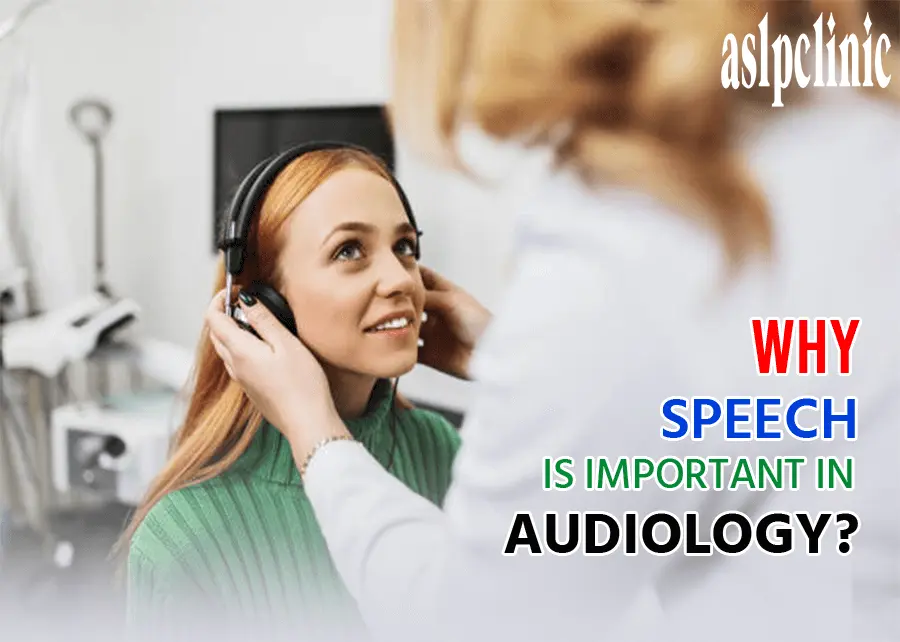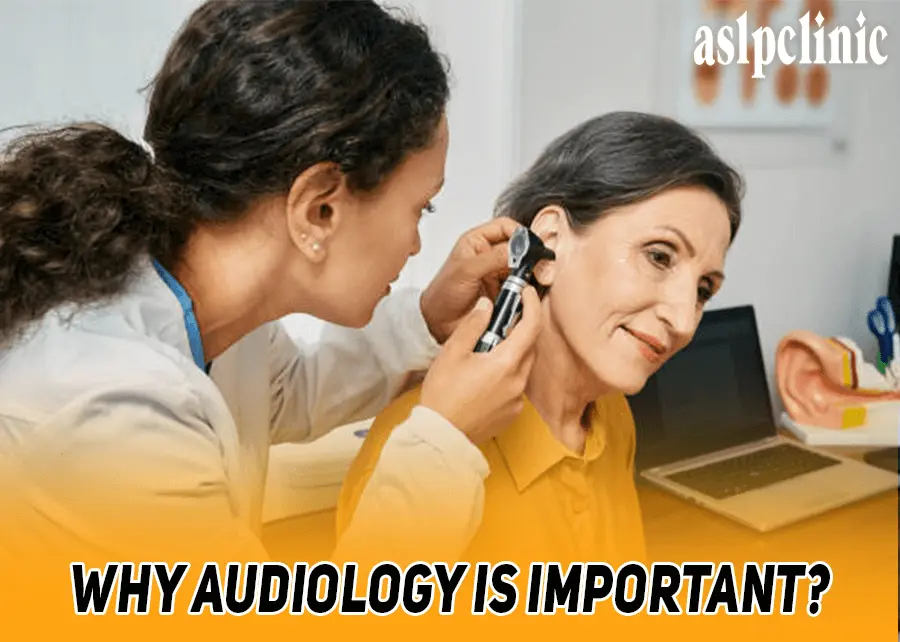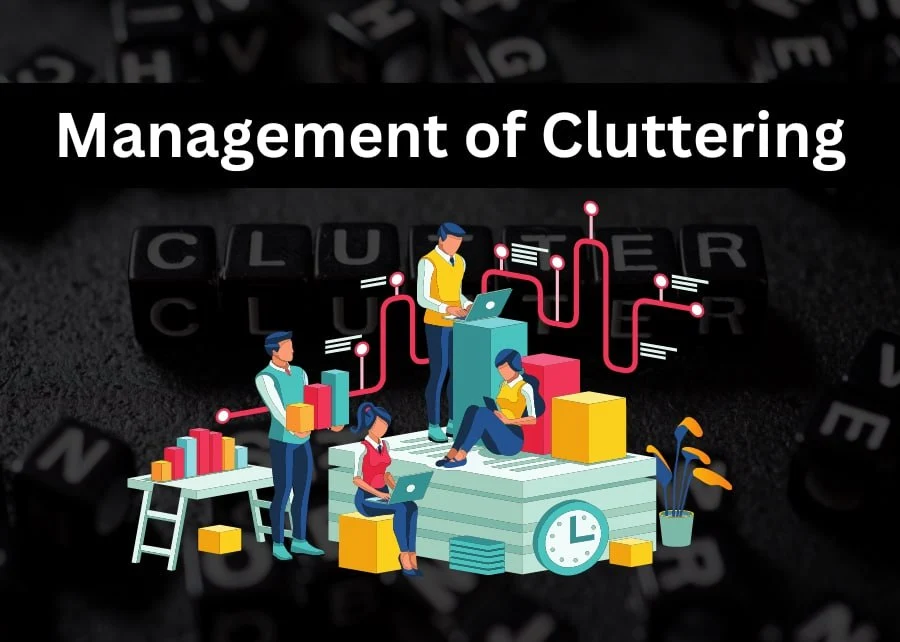The meaning of ADHD is Attention Deficit Hyperactivity Disorder. However, it is a mental disorder that affects children . The included ADHD symptoms are hyperactivity, and impulsivity. In some cases, ADHD can lead to addiction to drugs. Moreover, ADHD can be so challenging to manage, it’s important to get help from a doctor if the child or adult shows signs of needing it.
What is ADHD?
ADHD is one of the most common mental disorders in children. Unable to maintain attention, excessive movement that is not appropriate for the environment. The signs of ADHD are hasty decisions make at the moment without thought. ADHD is considered a chronic and crippling condition that negatively affects a person’s ability to function daily. In addition to their ability to succeed in school and at work.
Without treatment, ADHD can result in a low sense of self-worth and inadequate social skills in kids. There is a possibility that adults with ADHD will suffer from low self-esteem, sensitivity to criticism, and excessive self-criticism, which may be caused by receiving more criticism as a whole. Although ADHD presents and assesses differently in adults, this article focuses on children.
There is an estimated prevalence of ADHD in adults of 5% and in children at 8.4%. ADHD is frequently identified in school-age children when issues arise in the classroom or with homework. Since symptoms manifest differently in males and females, they are more frequently diagnosed in males. A girl is more likely to be quiet, whereas a boy is more likely to be hyperactive.
ADHD
Symptoms and Diagnosis of ADHD
The majority of children have trouble sitting still, standing still, paying attention, and not fidgeting. There is a distinct difference between normal children and those who fulfill the diagnostic criteria for ADHD in their symptoms of hyperactivity. Moreover, it would be expected for their age or stage of development.
These symptoms can result in significant discomfort and problems at home, work, and in interpersonal relationships. Furthermore, the symptoms observed are not caused by an inability to comprehend duties or directions or by disobedience.
- Mostly inattentive presentation.
- Typically hyperactive/impulsive.
- Presentation combined.
Type of Inattentive
- Makes careless mistakes in school or at work due to inattention to details.
- Having difficulty staying focused during lectures, conversations, or long reading sessions.
- Listens poorly when spoken to.
- Incomplete schoolwork, chores, or job duties.
- Work and tasks are difficult to organize.
- Prepares reports and fills out forms without sustained mental effort.
- Occasionally loses books, papers, keys, wallets, phones, eyeglasses, etc.
- Easily gets distracted.
- Ignore daily chores and errands.
Types of impulsive
- In his seat, he squirms or fidgets with his hands or feet.
- Inability to stay seated (in a classroom, at work).
- Runs or climbs inappropriately.
- Unable to play
- Showing leisure activities .
- Move on Like a motor.
- Excessive talking.
- Don’t wait until the question is finished before answering.
- Waits based on difficulty
- Disrupts or intrudes on others. Teenagers and adults may take over tasks from others.
Type of Combine
Mental health professionals or general practitioners typically diagnose ADHD. A complete psychiatric and medical history, family history, details about education, environment, and upbringing, and a description of symptoms from the patient and careers. In addition, the patient, caregivers, and teachers must complete scales and questionnaires. It may also contain a medical examination recommendation to rule out other potential health issues.
Some illnesses may resemble ADHD, including learning difficulties, mood disorders, thyroid problems, and the use of certain medications such as steroids. ADHD may coexist with other mental health concerns, such as an anxiety disorder or a behavior disorder. The significance of a comprehensive mental diagnosis cannot be emphasized enough.. It is not possible to diagnose ADHD using blood tests or standard imaging procedures. Furthermore, patients may occasionally receive recommendations for psychological testing.
Causes
There is still research conduct to determine what causes ADHD, despite the fact that it is unclear what causes it. In the development of ADHD, genetics, the environment, or issues with the central nervous system may play a role.
Risk factor
- A parent or sibling with ADHD or another mental illness
- Toxins in the environment, such as lead found in older buildings’ paint and pipes
- Pregnant women who use drugs, drink alcohol or smoke
- Births that occur prematurely
Treatment
Often, it requires medical, behavioral, and psychological intervention. Depending on the age of the individual with ADHD, this comprehensive treatment approach, often referred to as multimodal, may encompass:
- Providing training to parents
- Medication
- Training in skills
- Counseling
- Therapy based on behavior
- Support for education
- Teaching people about
To help the patient control symptoms, enhance overall psychological well-being, cope with the disorder and manage social relationships. Healthcare providers and other professionals should collaborate closely with each individual and family. However, it customizes the treatment to meet their specific needs.
Prevention
- Avoid anything that could harm the development of the fetus during pregnancy.
- It’s important to keep toxins and pollutants like lead paint and cigarette smoke away from your child.
- Keep screen time to a minimum. In spite of the fact that it is still unproven, it may be prudent for children to avoid excessive exposure to it.






